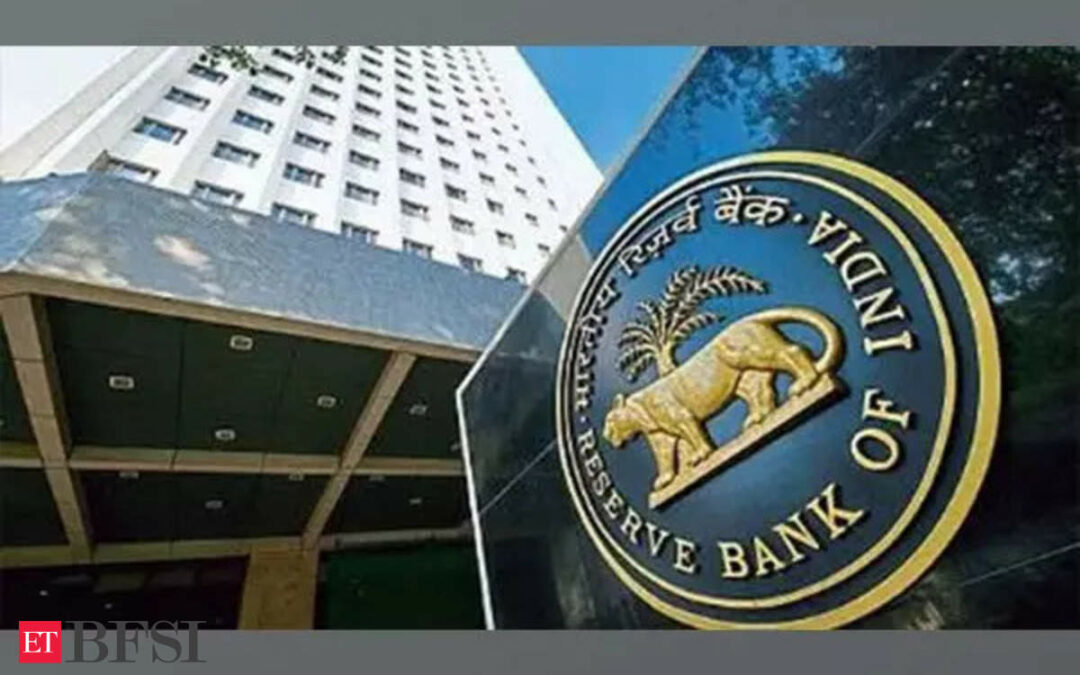The Reserve Bank of India’s crackdown on unsecured lending is likely to lead to an increase in collaborations between fintechs and traditional lenders in 2024. This trend is set to be propelled by the challenges faced by fintechs in securing adequate funds to bolster their balance sheets. Fintech entities are grappling with escalating compliance costs, a consequence of increased scrutiny by the Reserve Bank of India (RBI) in recent years.
RBI’s encouragement for fintechs to obtain NBFC licences and issue loans from their own books faces challenges in the current capital environment. The stringent norms for acquiring NBFC licenses add complexity to this transition. Consequently, many entities may opt to remain lending service providers, sourcing loans for bank and NBFC partners.
The core lending service provider (LSP) model remains appealing, with co-lending arrangements becoming more prevalent. Even for fintechs transitioning into NBFCs, co-lending could provide access to a larger scale of capital, given the current challenges in acquiring equity and debt capital.
The hurdles
Stringent regulations, especially regarding unsecured consumer loans, have prompted fintechs to reconsider their product portfolios. In a strategic shift, fintechs are increasingly focusing on secured and priority-sector loans.
In response to RBI directives, several banks and non-banking financial companies (NBFCs) advise fintech partners to limit small-ticket personal loan disbursements. Fintech giant Paytm, for instance, has recalibrated its portfolio origination, redirecting its focus toward business loans and high-value personal loans for amounts less than Rs 50,000. This strategic realignment aligns with RBI’s directive to increase risk-weights on unsecured retail loans, prompting broader recalibrations within the personal loan-focused fintech sector.
The changing paradigm
While fintechs operated largely outside the RBI’s regulatory purview in the past, the central bank’s intensified scrutiny in 2023 has prompted a rapid adjustment to the changing regulatory environment. Compliance requirements, customer protection measures, and the need for continuous innovation pose significant challenges for fintech entities.
Anticipating a potential redistribution of asset classes, fintech leaders foresee lenders seeking equilibrium between unsecured and secured products. Additionally, a shift toward quality is expected, with lenders prioritising unsecured portfolios perceived as more resilient and less leveraged.
The emergence of account aggregators serves as a catalyst for collaboration within the industry, emphasising the evolving dynamics of the fintech landscape.











